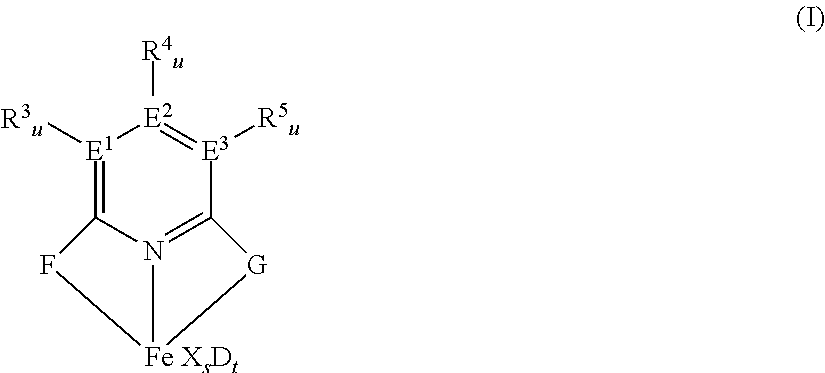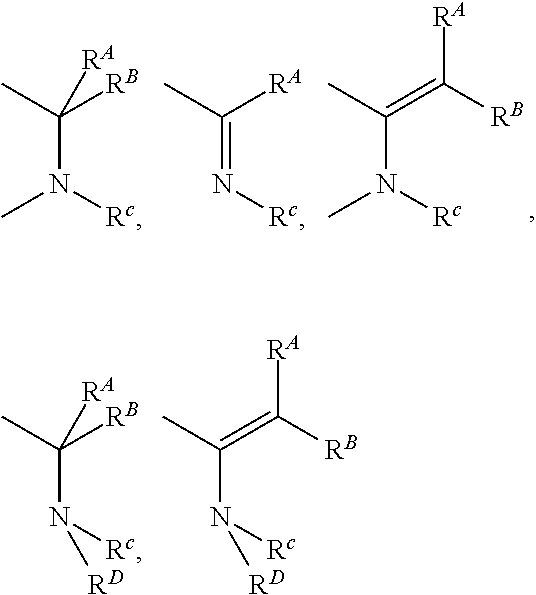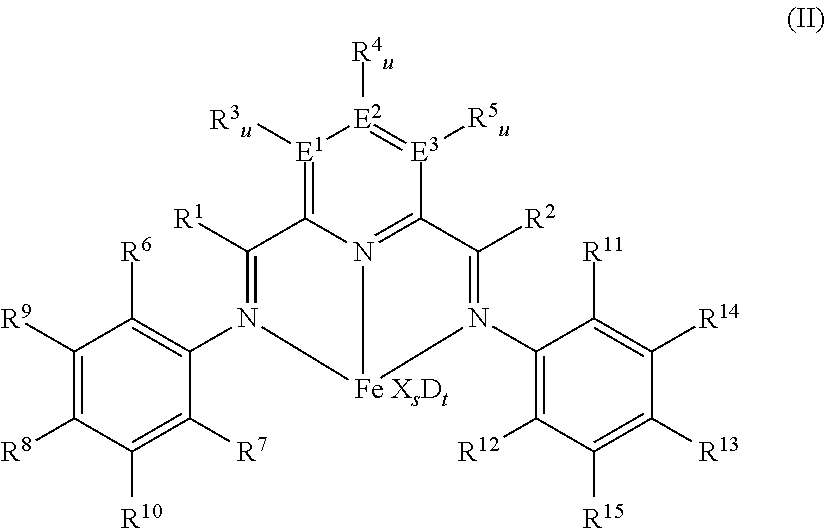Method for Transitioning Between Incompatible Olefin Polymerization Catalyst Systems
a technology of olefin polymerization and catalyst system, which is applied in the field of transitioning between incompatible olefin polymerization catalyst system, can solve the problems of high effort, unacceptably long stop time, and discontinuation of the polymerization process, so as to achieve the effect of reducing the amount of deactivating agent needed to deactivate the ziegler-natta catalyst system and preferably the particle bed mass
- Summary
- Abstract
- Description
- Claims
- Application Information
AI Technical Summary
Benefits of technology
Problems solved by technology
Method used
Image
Examples
example 1
Ziegler-Natta Catalyst System
[0222]As first catalyst system, A Ziegler-Natta catalyst system comprising Avant Z218-1, commercially available from LyondellBasell, as catalyst component and tri-isobutyl aluminum as activating agent (TIBAL, 10 wt % solution in hexane) was used.
example 2
Mixed Catalyst System
[0223]As mixed catalyst system, a mixed catalyst system based on an iron-bisimine complex as non-metallocene component and on a hafnocene as metallocene component as described in the following was used.
[0224]As a pretreatment of the support, Sylopol 2326®, a spray-dried silica gel from Grace, was calcinated at 600° C. for 6 h.
[0225]2,6-Bis[1-(2-chloro-4,6-dimethylphenylimino)ethyl]pyridine was prepared as described in example 2 of WO 98 / 27124 and was used to synthesize 2,6-diacetylpyridinbis(2-dichloro-4,6-dimethylphenylanil) iron dichloride by using iron(II)chloride as described in example 8 of WO 98 / 27124.
[0226]Bis(n-butylcyclopentadienyl)hafnium dichloride [M=491.84 g / mol] was purchased from Crompton, Bergkamen.
[0227]A mixture of 6.77 g (11.98 mmol) of 2,6-diacetylpyridinbis(2-chloro-4,6-dimethylphenylanil) iron dichloride prepared as above, and 82.67 g (127.3 mmol) of bis(n-butylcyclopentadienyl)hafnium dichloride and 5.31 l MAO (4.75 M in toluene, 25.2 mol,...
example 3
Phillips Catalyst System
[0229]As Phillips catalyst system, a chromium catalyst system comprising Avant C220, commercially available from LyondellBasell, as catalyst component and tri-hexyl aluminum as activating agent (THA, 2 wt % solution in hexane) was used.
PUM
| Property | Measurement | Unit |
|---|---|---|
| melting temperature Tm | aaaaa | aaaaa |
| temperature | aaaaa | aaaaa |
| temperature | aaaaa | aaaaa |
Abstract
Description
Claims
Application Information
 Login to View More
Login to View More - R&D
- Intellectual Property
- Life Sciences
- Materials
- Tech Scout
- Unparalleled Data Quality
- Higher Quality Content
- 60% Fewer Hallucinations
Browse by: Latest US Patents, China's latest patents, Technical Efficacy Thesaurus, Application Domain, Technology Topic, Popular Technical Reports.
© 2025 PatSnap. All rights reserved.Legal|Privacy policy|Modern Slavery Act Transparency Statement|Sitemap|About US| Contact US: help@patsnap.com



